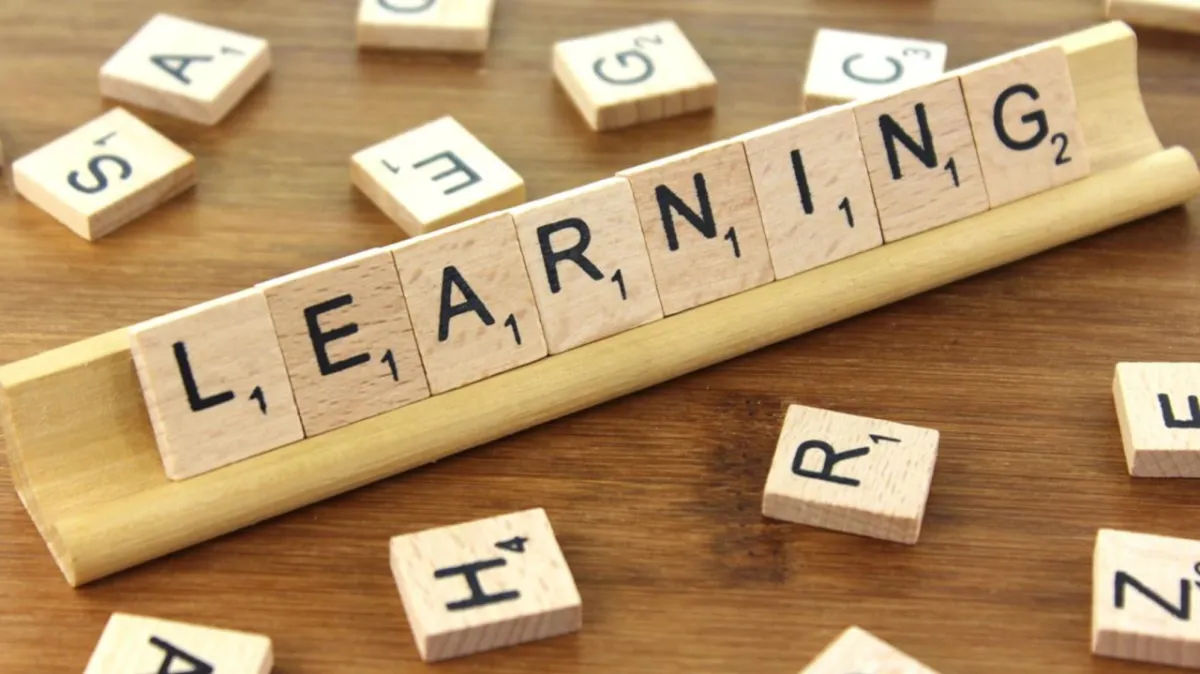Using silence to facilitate learning
By Adriene Russell
Posted November 6, 2024

Learning to pause with purpose
This insight was originally written as a reflection on how silence—something often avoided in training rooms—can actually deepen learning and elevate engagement.
Whether in corporate workshops, leadership sessions, or team discussions, silence can feel awkward.
But used intentionally, it becomes a powerful instructional strategy. Here’s what I’ve discovered about the value of the pause.
Silence gives the learner space
I used to feel pressure to fill every moment with teaching. I assumed that if I wasn’t actively saying something, the learning wasn’t happening. But that’s not true. Some of the most meaningful learning happens after a question is asked—when learners are left to wrestle, reflect, or simply absorb.
When I finally embraced the awkwardness of silence, I found that:
• Learners gave more thoughtful responses
• Discussions became deeper and more authentic
• Participants started engaging with each other instead of waiting for me to lead
What felt like empty air became space for something important to grow.
Silence is not absence—it’s invitation
In today’s fast-paced, noise-saturated environments, silence can feel foreign. But it doesn’t mean disengagement. It means trust.
When a facilitator allows space without immediately filling it, it communicates confidence in the learners. It tells them, “I believe you’re capable of finding your own insight here.”
Silence, used with intention, invites ownership. It shifts learning from passive consumption to active construction.
A pause is a tool—not a gap
Just like a well-timed question or story, silence is a tool. It’s a deliberate choice—not a sign you’ve lost your way as a facilitator.
That one-second pause before restating a point?
That five-second stretch after asking a hard question?
That thirty-second space while a group reflects?
These are moments where learning takes root. They’re not gaps to rush through—they’re seeds worth planting.
Call to action
If your team is ready to move beyond information overload and design learning that actually sticks, let’s talk. I’ll help you build training experiences that leave space for reflection, ownership, and transformation.
Navigating other insights

© 2025 Next Level Training Strategies, LLC. All rights reserved.
Performance First™ is a trademark of Next Level Training Strategies, LLC.
Maxwell Leadership® content used by permission. All rights reserved by The John Maxwell Company.
No part of this website may be copied, reproduced, or distributed without express written permission.